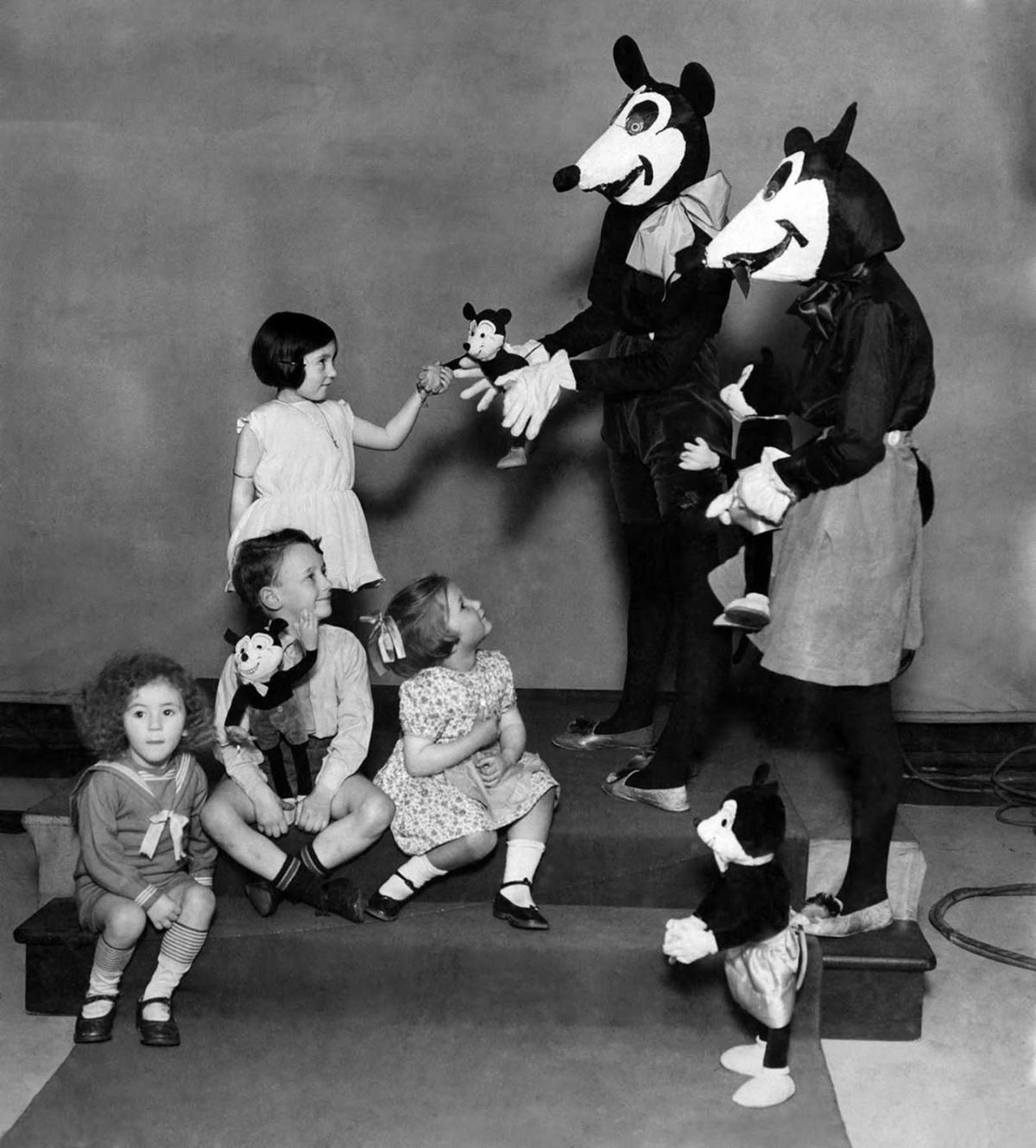
Wayne`s personality is still unformed (his characteristic halting diction emerges in only one brief scene with Churchill), and after ''The Big Trail,'' he would spend 10 years in B westerns, gaining the seasoning for his return to the big time in John Ford`s ''Stagecoach.'' Handsome, callow and dressed in white buckskin, he plays the wagon train`s noble scout, romancing a pretty young settler (Marguerite Churchill) while he searches the train for the two men who killed his best friend. ''The Big Trail'' is also notable as John Wayne`s first leading role:

His film here achieves a cosmic gaze: distant, indifferent, eternal. Walsh`s blank juxtaposition of these two very different ''scenes'' in the same image is profoundly unsettling. Simultaneously, compacting time into a single, frozen image those who have successfully arrived are too exhausted or relieved to care about the others, and they go about their business-joking, flirting, scheming-all but ignoring the very real danger that continues to occupy the background. All three stages of the action-beginning, middle and end-are presented ''modern,'' presents the members of the wagon train negotiating the sheer cliffs that lead down to the base of a canyon: as the wagons and cattle are lowered by hoists, the humans snake down, hands grasping feet, in a continuous chain.Īfter filming the action from the cliff top, Walsh cuts to the canyon as the crossing continues those who have already descended linger in the foreground as the hoists continue to work in the depths of the frame. The sprawling composition bustles with a thousand separate and distinct movements details from the near foreground to the distant horizon are held in a vertiginous deep focus that pulls the viewer into the screen. The opening shot of ''The Big Trail''-an elevated view of several hundred settlers, massing on a bank of the Mississippi with their wagons and supplies in preparation for the westward trek-overflows with Walsh`s sheer exaltation in the sudden expansion of his canvas. Walsh plunges into ''The Big Trail'' with perfect confidence, immediately discovering and mastering the principles of widescreen filming that would take his colleagues in the `50s, when the process reappeared, several years to evolve, and very often going beyond them.


The gods of the cinema were smiling when they brought together this freakish anticipation of the widescreen format and Raoul Walsh, a director whose superb, innate sense of epic space would have made him one of the great landscape painters.


 0 kommentar(er)
0 kommentar(er)
